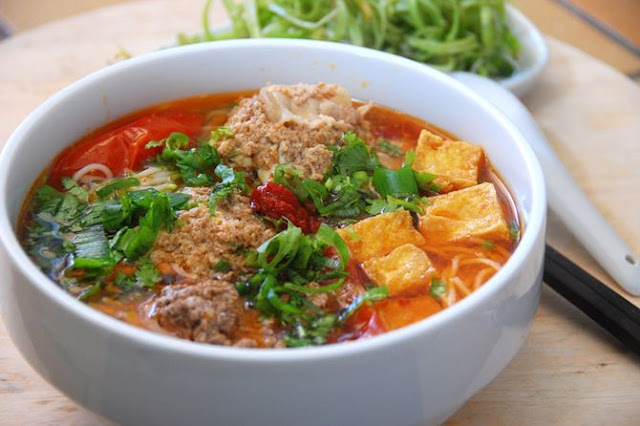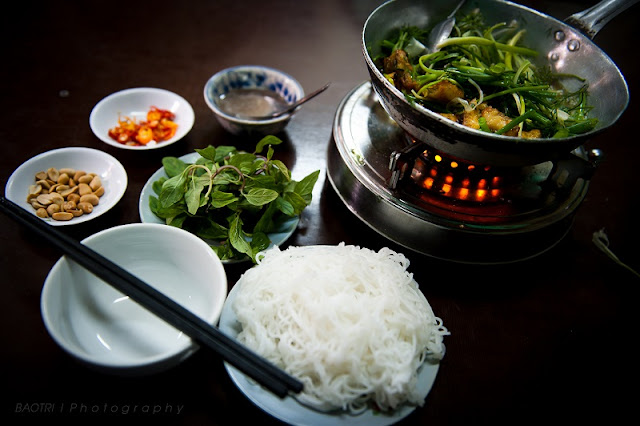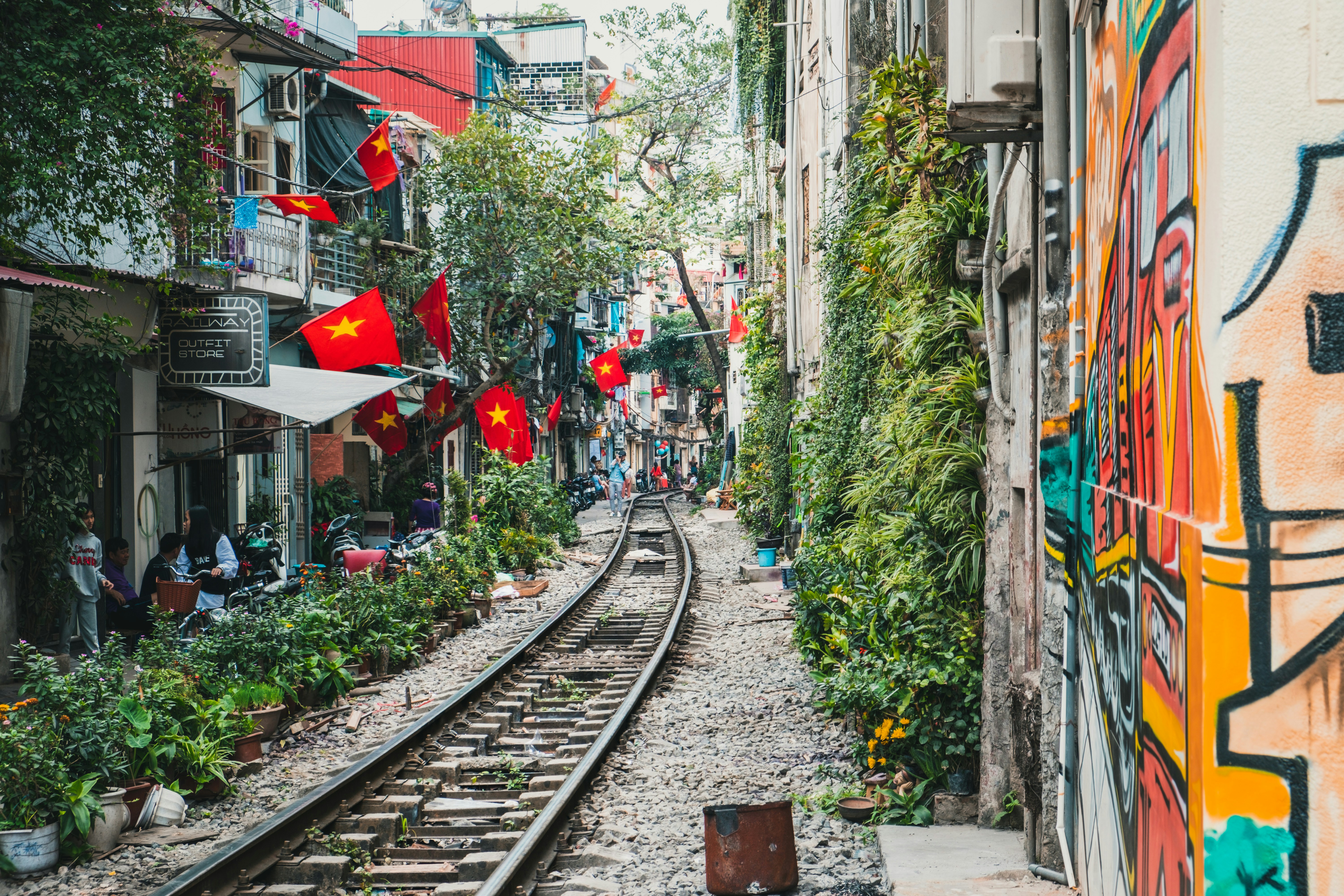Few architectural landmarks in Vietnam carry as many stories and layers of meaning as the Independence Palace. Located in the heart of Ho Chi Minh City, the building stands not only as a powerful historical symbol but also as one of the finest examples of Vietnamese modernist architecture. Each year, it draws hundreds of thousands of visitors, both local and international, who come to admire its design and reflect on its place in history.
From Colonial Beginnings to a National Symbol
Before becoming a masterpiece of modern Vietnamese architecture, the Independence Palace began as the Norodom Palace, built in 1868 by French architect Achille-Antoine Hermitte. Constructed with materials imported from France, the building reflected the lavish Tân Baroque style that defined many colonial structures in Southeast Asia. From 1871 onward, Norodom Palace served as the administrative center of French Indochina and hosted political meetings that shaped the region’s destiny.
Over time, the palace’s strategic location ensured its continued importance through numerous regime changes. After a bombing in 1962 destroyed part of the building, restoration in the original French style was deemed impossible. This turning point paved the way for a new era and introduced one of Vietnam’s most remarkable architects: Ngo Viet Thu.
Born in 1926 in Hue, Ngo Viet Thu studied architecture at the École des Beaux-Arts in Paris and became the first Vietnamese architect to win the prestigious Grand Prix de Rome. The award recognized him as one of the most promising architects of his generation and opened doors for him to design national projects of significance. His work would go on to define a new architectural identity for modern Vietnam.
Bridging Modernism and Vietnamese Identity
Modern architecture, which emerged in the early 20th century, emphasized simplicity, functionality, and the use of new materials such as concrete, glass, and steel. Figures like Le Corbusier and Frank Lloyd Wright transformed global architecture with their clean lines and geometric harmony. As this movement spread across the world in the postwar era, Vietnam also embraced modernism, blending it with local cultural elements.
Ngo Viet Thu stood out among his contemporaries by interpreting modernism through a distinctly Vietnamese lens. His works, from Phu Cam Cathedral and the Dalat Market to the Hue University of Education and the Dalat Nuclear Research Institute, all embodied a synthesis of modern form and traditional spirit. Yet, the Independence Palace remains his crowning achievement.
Completed in 1966, the building covers an area of 20,000 square meters with three main floors, two mezzanines, two basements, a ground floor, and a rooftop terrace. Despite its monumental scale, the design reveals subtle references to Vietnamese aesthetics and philosophy. The façade is arranged to resemble ancient Chinese characters that symbolize prosperity and harmony. The balconies and columns on the second and third floors form the character “Hung,” meaning flourishing.
Modern Architecture in a Tropical Context
The palace’s design also reflects a thoughtful adaptation to Vietnam’s tropical climate. The stone lattice screens on the western façade mimic bamboo stalks, an emblem of Vietnamese culture, while filtering sunlight and maintaining ventilation. This feature provides both privacy and natural illumination, illustrating the harmonious blend of function and symbolism. The stone walls surrounding the second floor echo the architectural motifs of Hue’s imperial palaces, evoking continuity between tradition and modernity.
Inside, Ngo Viet Thu achieved a balance between Eastern and Western principles. Wide corridors, open halls, and expansive windows maximize natural light, embodying the modernist ideal of transparency and space. Each of the more than 100 rooms was designed with a specific purpose and aesthetic. Interiors range from Western-inspired minimalist spaces in soft pastel tones to traditional Vietnamese elements, such as lacquer decorations and historical paintings like “Bình Ngô Đại Cáo.”
A Vision of Harmony and Sustainability
Beyond aesthetics, the palace was Vietnam’s first example of green architectural design. Standing 26 meters tall within a 12-hectare park filled with trees and lawns, the building integrates seamlessly with its surroundings. The semicircular fountain adorned with lotus and water lilies in the front courtyard evokes the tranquil beauty of traditional Vietnamese pagodas and rural ponds.
Another distinctive feature is the octagonal pavilion in the corner of the compound, built on a small mound with a curved roof inspired by traditional architecture. Every corner of the Independence Palace offers a unique perspective for visitors, revealing Ngo Viet Thu’s mastery in uniting structure, symbolism, and landscape.
Since its inauguration, the Independence Palace has become an enduring icon of Vietnamese modernist architecture. Alongside the works of architects such as Tran Van Tai, Le Van Lam, and Nguyen Quang Nhac, Ngo Viet Thu’s designs helped shape the architectural identity of southern Vietnam in the mid-20th century. Today, these buildings continue to stand as elegant witnesses to a time of transformation, blending nostalgia with innovation. Among them, the Independence Palace remains the most powerful and enduring expression of that spirit.
















